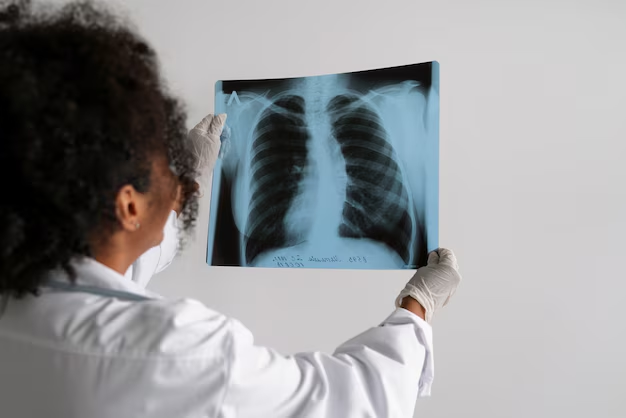Understanding Pulmonary Hypertension: The Key Factors Behind It
Pulmonary hypertension is a complex and often misunderstood condition that can have a profound impact on an individual's health. Characterized by high blood pressure in the arteries of the lungs, this ailment can lead to significant heart and lung issues if not addressed promptly. But what is the main cause of pulmonary hypertension, and why do people develop this potentially life-threatening condition?
Unveiling the Causes of Pulmonary Hypertension
At its core, pulmonary hypertension arises when the blood vessels in the lungs become constricted, narrowed, or blocked. This increase in blood pressure makes the heart work harder to pump blood through the lungs. The main causes of this condition are diverse and can be categorized into five groups based on the World Health Organization (WHO) classification:
Group 1: Pulmonary Arterial Hypertension (PAH) - Often linked to genetic factors, drug use, or other medical conditions such as connective tissue diseases, PAH is a direct concern of elevated arterial pressure in the lungs.
Group 2: Left Heart Disease - Conditions affecting the left side of the heart, including valve diseases and left ventricular dysfunction, can cause pulmonary hypertension as the heart's function diminishes.
Group 3: Lung Diseases or Lack of Oxygen - Respiratory conditions like chronic obstructive pulmonary disease (COPD), interstitial lung disease, or obstructive sleep apnea can lead to heightened blood pressure in lung arteries.
Group 4: Chronic Blood Clots - Multiple blood clots in the lungs, known as pulmonary emboli, can result in a persistent increase in lung arterial pressure.
Group 5: Multifactorial Causes - Some cases of pulmonary hypertension are due to a combination of multiple other factors, which could include systemic disorders, metabolic diseases, or other complex mechanisms.
Living with Pulmonary Hypertension: Finding Support
Managing pulmonary hypertension can be challenging, given its serious nature. Medical treatment often involves medications, lifestyle changes, and sometimes surgical interventions to reduce symptoms and improve quality of life. But the financial burden of managing a chronic condition like pulmonary hypertension can be daunting.
Fortuitously, there are government aid programs, financial assistance options, and educational opportunities for patients and their families, aiding them in navigating this journey:
Medical Debt Relief: Programs like medical credit cards, health savings accounts (HSAs), and hospital financial aid can help manage expenses.
Government Aid: Medicaid and Medicare often cover significant costs associated with chronic management of pulmonary conditions.
Educational Grants: Research and support organizations frequently offer funding and scholarships to educate patients and advance understanding of rare conditions like pulmonary hypertension.
Community Support Centers: Support groups and community medical services can provide financial and emotional backing.
Navigating Financial Assistance for Pulmonary Hypertension
For those navigating the complex landscape of pulmonary hypertension treatment, filling in the economic gaps is essential. Here's a quick rundown of valuable resources:
- 💰 Medicaid: State and federal program offering medical cost assistance for low-income individuals.
- 💳 Medical Credit Cards: Special credit lines with low interest designed to cover healthcare expenses.
- 🏥 Hospital Financing Assistance: Many hospitals provide payment plans or bill reduction for the financially-strapped.
- 📚 Educational Scholarships: Grants available for patients and caregivers focusing on health studies.
- 🤝 Support Groups: Resources for both mental support and financial guidance through community programs.
For those confronted by pulmonary hypertension, understanding its causes is the first step. Equally vital is leveraging available resources to manage the medical and economic challenges it brings. By combining comprehensive medical care with financial assistance and community support, individuals with pulmonary hypertension can navigate this condition with greater ease and stability.

Related Topics
- a 66 Year Old Female With a History Of Hypertension
- Are Eggs Bad For Hypertension
- Are Eggs Good For Hypertension
- Are Endocrine Disorders Causing Hypertension Rare
- Can Adderall Cause Hypertension
- Can Alcohol Cause Hypertension
- Can Allergies Cause Hypertension
- Can Anemci People Get Hypertension
- Can Anemia Cause Hypertension
- Can Antibiotics Cause Hypertension